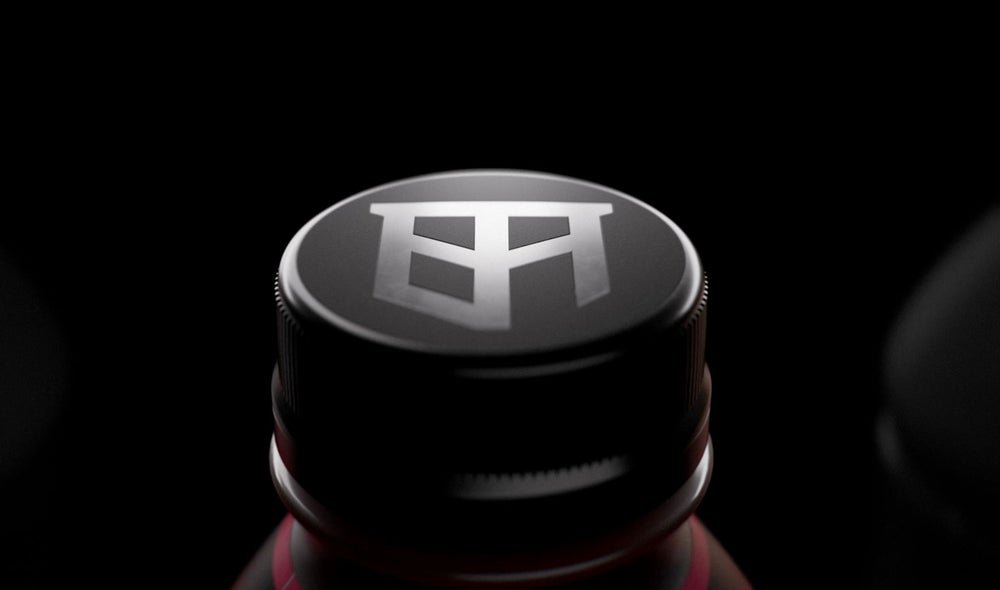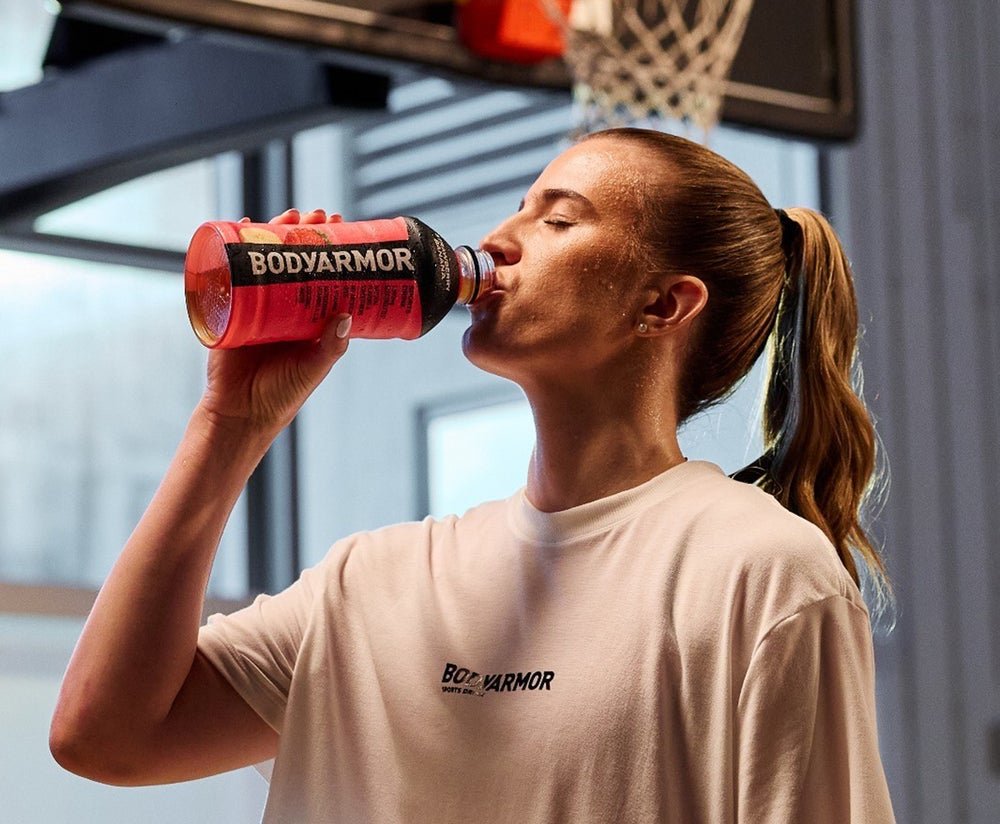BODYARMOR: Lessons from a Bold Rebranding Journey
In 2011, BODYARMOR burst onto the sports drink scene, distinguished by its eye-catching packaging and commitment to healthier options. Fast forward nearly 15 years, and the landscape has changed dramatically. With increased competition and heightened expectations, BODYARMOR recognized the need for a fresh start. The brand rolled out a revamped visual identity and a new campaign, focusing on the essence of authenticity amidst changing designs.
BODYARMOR’s rebranding journey offers invaluable insights for small business owners. A well-timed rebrand can propel your business to new heights, proving that making a change is not just for large corporations. Here are five key takeaways from BODYARMOR’s transformation, discussed in an interview with CMO Tom Gargiulo.
1. Reinvention Doesn’t Require Crisis

Don’t wait until your sales fall off a cliff or receive a flood of negative reviews to consider rebranding. BODYARMOR didn’t allow itself to fall into crisis mode, even when consumer sentiment towards the product was strong. Gargiulo emphasized that although customers adored the product, brand awareness was lacking.
- Key Takeaway: Ongoing reflection on your brand can reveal opportunities for improvement. Don’t just solve problems; explore how to grow and amplify your brand’s message.
2. Elevate Your Brand Identity

BODYARMOR’s rebranding included strategic refinements like font changes and a new logo, along with a more vivid focus on the brand’s identity. The updated design features color-coded product lines, striking fruit imagery, and a gladiator-inspired shield symbolizing strength and resilience.
- Key Takeaway: A refreshed design should clarify who you are as a brand. Make sure that when new customers discover your product, they can understand your message in 10 seconds or less.
3. Design Decisions Matter
Brand confusion can occur over the slightest design missteps, such as an unmatched font or cluttered labels. BODYARMOR recognized that some customers were confused about its product lines, so they eliminated distractions, assigned unique colors to sub-brands, and highlighted benefits like “no artificial sweeteners.”
- Key Takeaway: Treat design as a crucial communication tool, not just a decorative element. It’s often the first impression you make on potential customers.
4. Authentic Campaigns Bring Rebranding to Life

BODYARMOR’s new campaign, “Choose Better,” captures audiences’ attention by contrasting a dull routine with vibrant energy and new possibilities. Featuring athletes like Joe Burrow and Sabrina Ionescu, the campaign illustrates a universal truth: many consumers stick to familiar brands without questioning their choices.
- Key Takeaway: Effective rebranding challenges the status quo. Your campaign should convey authenticity and invite consumers to explore better options.
5. Trend Awareness vs. Trust
As new competitor brands emerge—many endorsed by influencers—BODYARMOR is adapting without losing its core identity. Gargiulo stresses the importance of observing cultural trends while staying true to the brand’s essence.
- Key Takeaway: Be mindful of current trends, but ensure your business remains authentic. Focus on relevance by demonstrating your value in a way that resonates with your audience.
When Is It Time to Rebrand?
The right moment for a rebrand might be when you’re not broken—maybe it’s because your business is evolving, consumer preferences are shifting, or your messaging needs a refresh. Remember, rebranding isn’t risking your identity; stagnation is the real threat.
As BODYARMOR illustrates, “better” signifies progress, not perfection. Whether you’re part of a multi-billion dollar industry or managing a small business, staying true to your purpose and authenticity is crucial as you navigate your path forward.
In conclusion, look beyond superficial changes when considering a rebrand. Embrace the opportunity for evolution and maintain a commitment to authenticity for lasting success.



